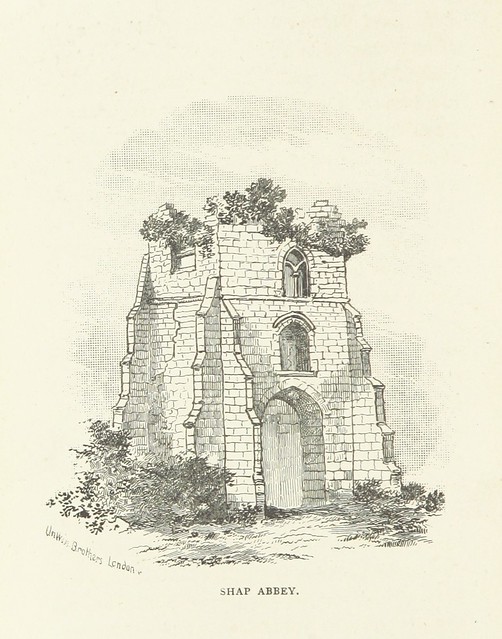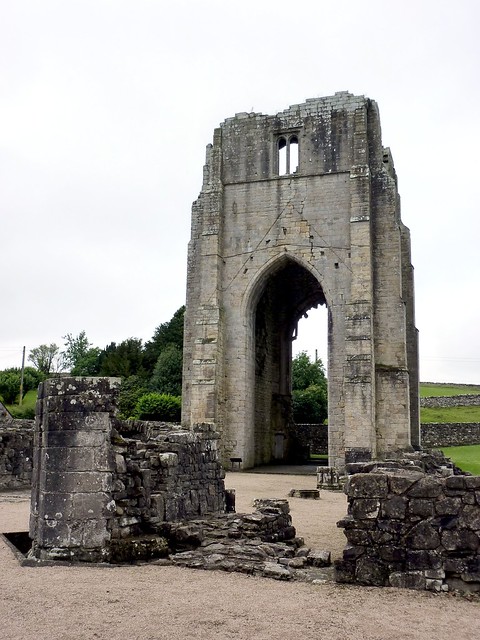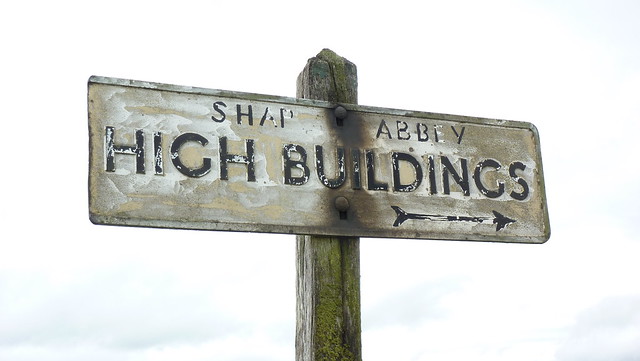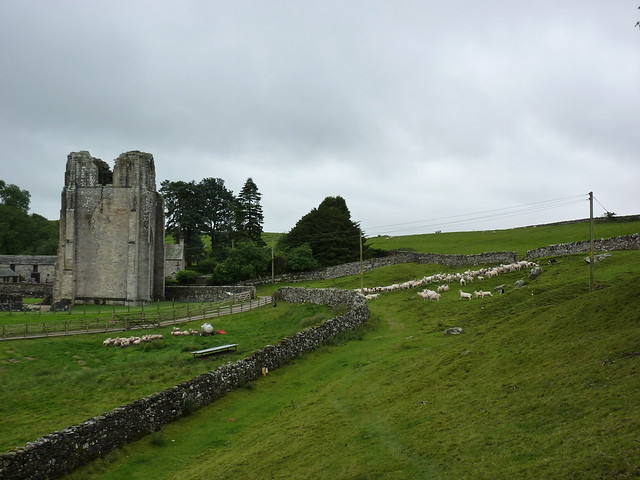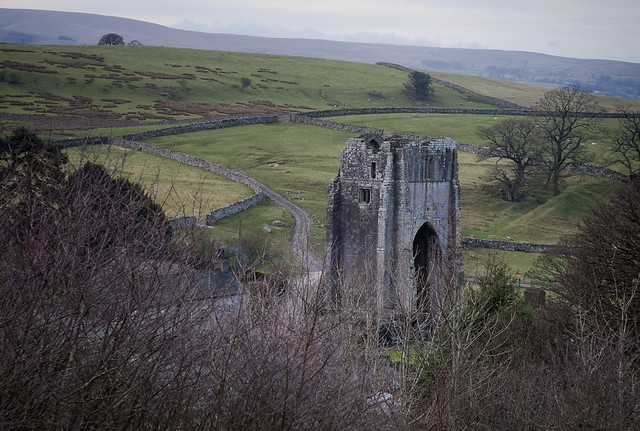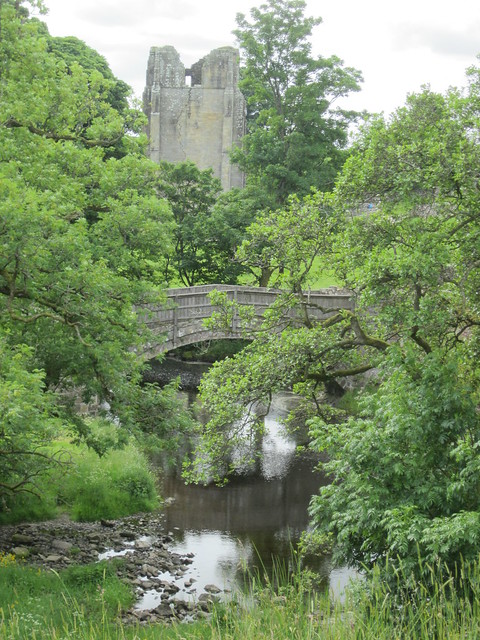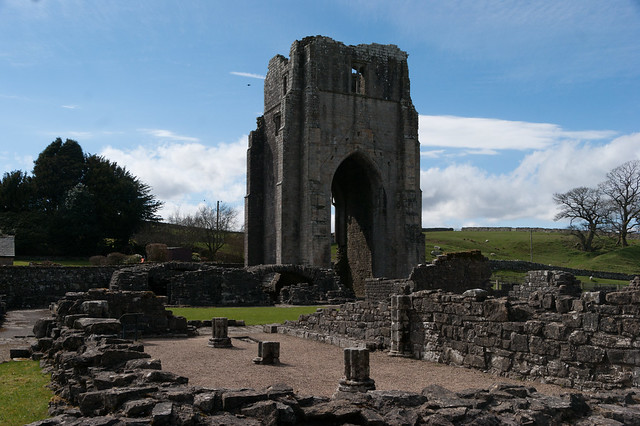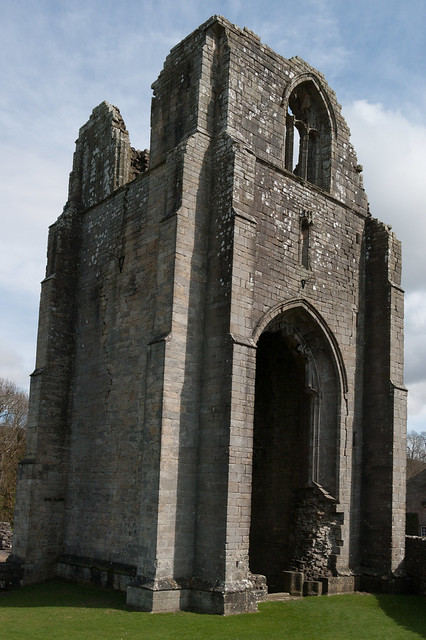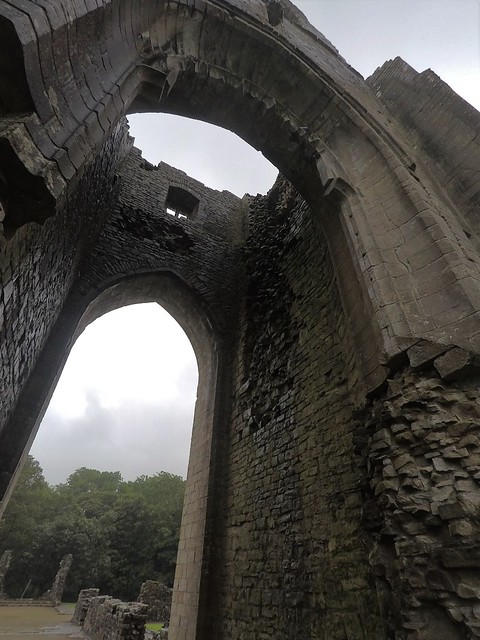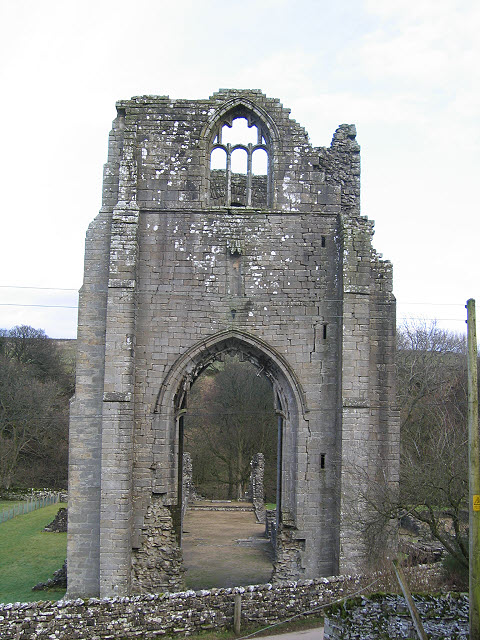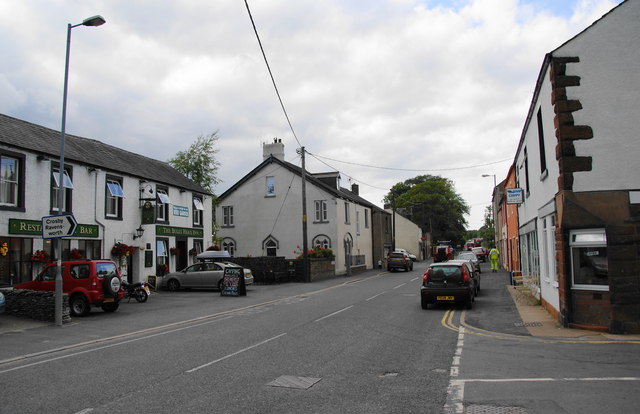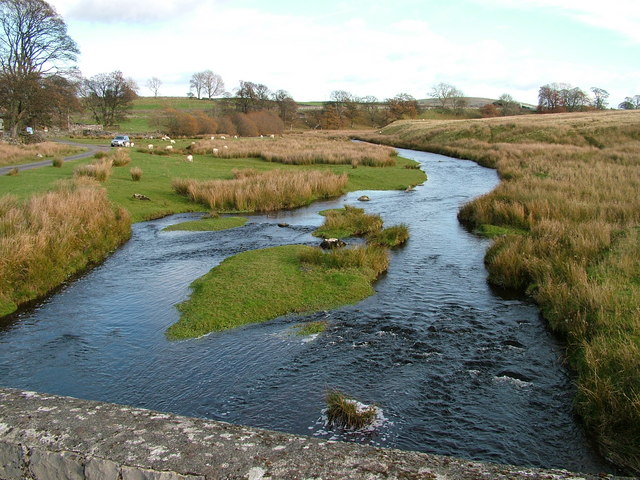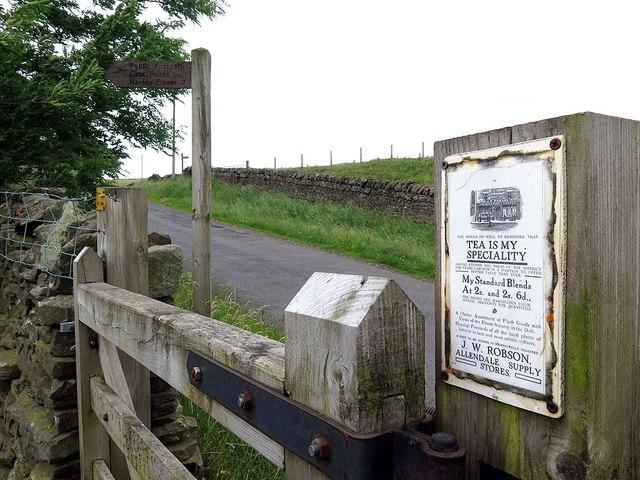Topics > Cumbria > Shap > Shap Abbey (ruins)
Shap Abbey (ruins)
Shap Abbey is located about 1½ miles west of the village of Shap in Cumbria. The Abbey was founded in c.1200 by local baron, Thomas, son of Gospatric, who granted the canons of the Premonstratensian Order land beside the River Lowther. The Premonstratensian Order had been founded by St Norbert in Prémontré in northern France in 1120. The canons (monks) of the order were known as the ‘white canons’ because of their distinctive white woollen habits.[1] The abbey complex included a walled precinct with an outer gatehouse enclosed the monastic buildings, abbey mill and fishponds.[2] The site is a Scheduled Monument and is an English Heritage location.
Shap Abbey was a religious house of the Premonstratensian order of Canons regular situated on the western bank of the River Lowther in the civil parish of Shap Rural, around 1.5 miles (2.4 km) from the village of Shap, in the Eden District of Cumbria, England. The site is in the care of English Heritage and managed on its behalf by the Lake District National Park.
History
Although the present Shap Abbey was built in 1199, the monastic community was founded on another site 20 miles south near Kendal in 1190, but it moved to the present site, then called 'Hepp', in 1199. The old name meant 'a heap' but it gradually assumed the present-day name "Shap" over the next 100 years.
One of the abbots was the impressive Richard Redman (died 1505), later successively Bishop of St Asaph (c. 1471), Bishop of Exeter (1495), and Bishop of Ely (1501). He is remembered by a magnificent funeral monument in Ely Cathedral
Shap Abbey escaped the initial phase of the Dissolution of the Monasteries in 1536, but it was closed in 1540 and subsequently sold to the Governor of Carlisle. Most of the abbey buildings have been demolished, however the tower remains are still impressive, and the outline of the building plan is clearly visible.
Masonry was robbed away at the end of the 17th century to build Shap Market Hall, and much of the ornate carved stonework was also removed and used in the building of Lowther Castle. Many of the abbey buildings were incorporated into a farmhouse and used as barns, and little has happened to these over the last four centuries as they have formed part of a working farm.
Burials
- Robert de Clifford, 1st Baron de Clifford
- Robert Clifford, 3rd Baron Clifford
- Roger Clifford, 5th Baron Clifford
- Henry Clifford, 10th Baron Clifford
Access
The site is open to the public at all reasonable times and entry is free. Facilities are limited to a car park and a short path leading over the fields to the small 16th-century Keld Chapel, now in the care of the National Trust.
Visit the page: Shap Abbey for references and further details. You can contribute to this article on Wikipedia.

from https://historicengland.org.u…
Shap Premonstratensian Abbey, including the precinct wall, abbey mill and mill race, and two fishponds
- "...Shap Abbey is located west of Shap village in the valley of the River Lowther. The monument is divided into two areas and includes the upstanding and buried remains of …
Added by
Simon Cotterill
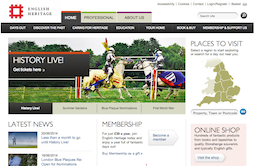
from https://www.english-heritage.…
Shap Abbey
- Visitor information and history. "...Founded in the late 12th century in a secluded and beautiful valley of the river Lowther, Shap Abbey was one of 32 religious houses in Britain …
Added by
Simon Cotterill


from https://historicengland.org.u…
Shap Premonstratensian Abbey, including the precinct wall, abbey mill and mill race, and two fishponds
- "...Shap Abbey is located west of Shap village in the valley of the River Lowther. The monument is divided into two areas and includes the upstanding and buried remains of …
Added by
Simon Cotterill

from https://www.english-heritage.…
Shap Abbey
- Visitor information and history. "...Founded in the late 12th century in a secluded and beautiful valley of the river Lowther, Shap Abbey was one of 32 religious houses in Britain …
Added by
Simon Cotterill
